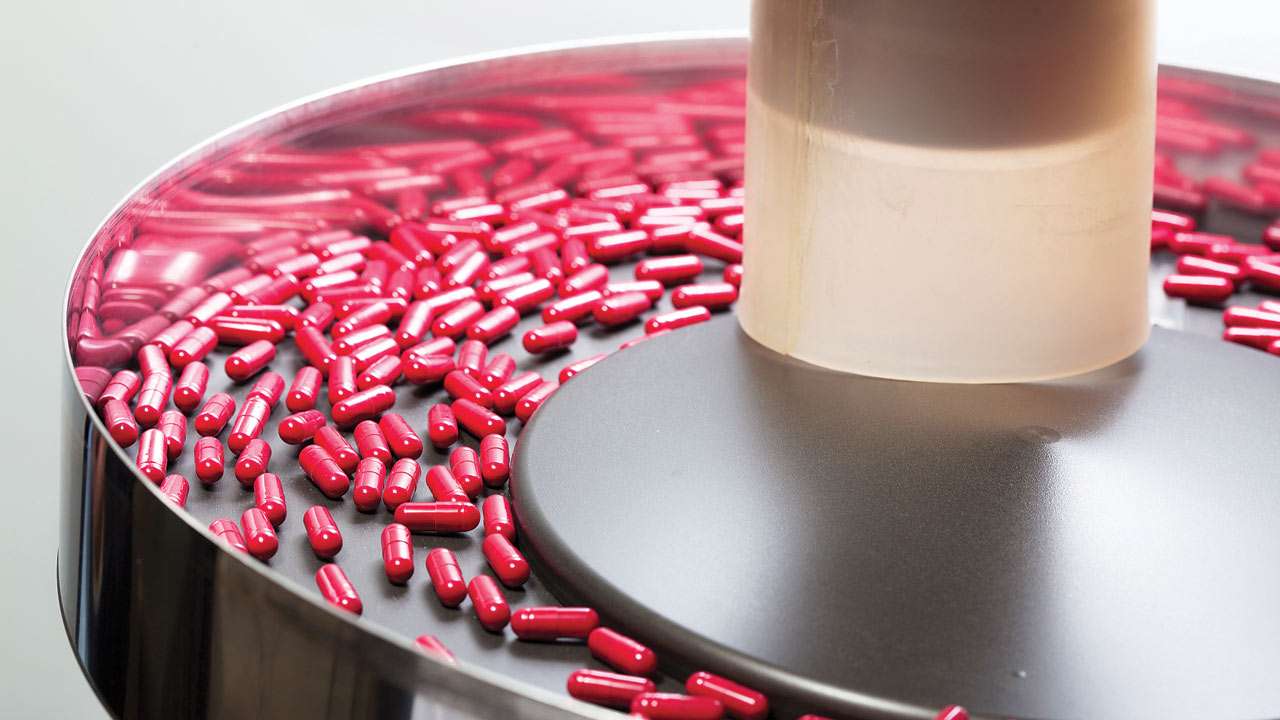
Indian drug makers are crying foul over rising cost of inputs and lobbying hard with the Pharmaceutical Pricing Authority of India for a mid-year increase in prices of essential medicines.
India is the third-largest producer of medicines in terms of the volume and known as the pharmacy of the world for its contribution in making life-saving medicines accessible to millions of patients across the world.
However, it specialises in producing formulation medicines, which depend heavily on imports from China for key raw materials called the Active Pharmaceutical Ingredients or API.
Import prices of APIs from China have increased considerably over the last few months due to cuts in production owing to crackdowns on production units for lack of environmental clearance.
Apparently, the industry’s demand seems to be legitimate as profits are going to be hit. But there is a catch. It seems the industry has been beaten on its own turf this time.
The current Drug Price Control Order (DPCO), operational since 2013, is based on market prices, not on cost of input prices, like it used to be in the 1990s. This move was hailed by the industry in a big way even though all essential medicines were brought under price control.
Now ceiling price of essential medicines are determined on the basis of the average price of all brands of medicines, each having a market share of at least 1 per cent.
This effectively means that under the current formula of price control, if input prices increase, drug prices cannot be revised upward in the middle of the year.
India has a rich history of controlling prices of medicines to make it accessible to millions of people. However, under the current DPCO 2013, effective control over prices remained limited.
If we follow the movement of Consumer Price Index for industrial workers, prices of medicines have grown faster than general prices.
The current DPCO 2013 is operational since May 2013. Out of 64 months that have passed since then (October 2018), point-to-point inflation rate of medicine prices have been higher than general inflation.
Since November 2016, India has experienced higher inflation in medicine prices compared to general inflation.
The provision of annual revisions in prices as per the wholesale price index (WPI), limits the possibility of long run containment on prices.
General prices are affected by international factors like crude oil prices and may be relatively more difficult to control, but a higher drug price inflation is a cause for concern, as medicine is a life-saving commodity.
This clearly points out to problems of the current DPCO.
One key reason for less effective price control is that only 10 per cent of the market is under control. The fixed drug combinations (FDCs), which constitute a big part of the market, often without much clinical efficacy has been left out of the purview of control.
Even though many FDCs have been banned, they continue to be sold in the open market.
The new DPCO is also argued to be against firms, which are more efficient in terms of lower cost of production as ceiling prices gravitate towards weighted average prices.
The peculiar nature of pharmaceutical market is that market leaders are also price leaders. So the market price-based formula has been beneficial to the big pharma and they have been active supporters of DPCO 2013.
The current situation exposes the double standards of the industry. To make the price control system more effective and limit the market power of leaders, several measures are needed.
The first and foremost is to bring back a cost-based price control formula. A comparison of medicine prices under the current system of market-based pricing with cost-based pricing shows that cost-based pricing could effectively bring down prices by half to one-fourth for select set of medicines.
Another key reason for current crisis is India’s dependency on import for APIs. A series of liberalising measures were adopted during the 1990s and 2000s, which made API production less lucrative and industry focused on the formulation segment.
Until and unless this is reversed and APIs are produced domestically, prices are bound to head north.
The pharmaceutical industry in India is heterogeneous, with many operating firms. This gives an impression that there is a lot of competition in the industry and thus profit would be limited and prices would be under control through market forces.
Effectively, there are thousands of markets, for hundreds of therapeutic segments and diseases, each having only a couple of operating firms.
This leaves ample opportunity for leading firms to set prices and reap profits. Partial price control incentives operate in nine-tenths of the market, which, in effect, remains outside price control. With increasing liberalisation of trade and introduction of product patent, there has been considerable concentration of the industry, with multinational companies dominating the markets more than ever.
A shift to cost-based pricing formula may again provide small and medium firms cost advantage and thus bring prices down more effectively.
Author is with OP Jindal Global University